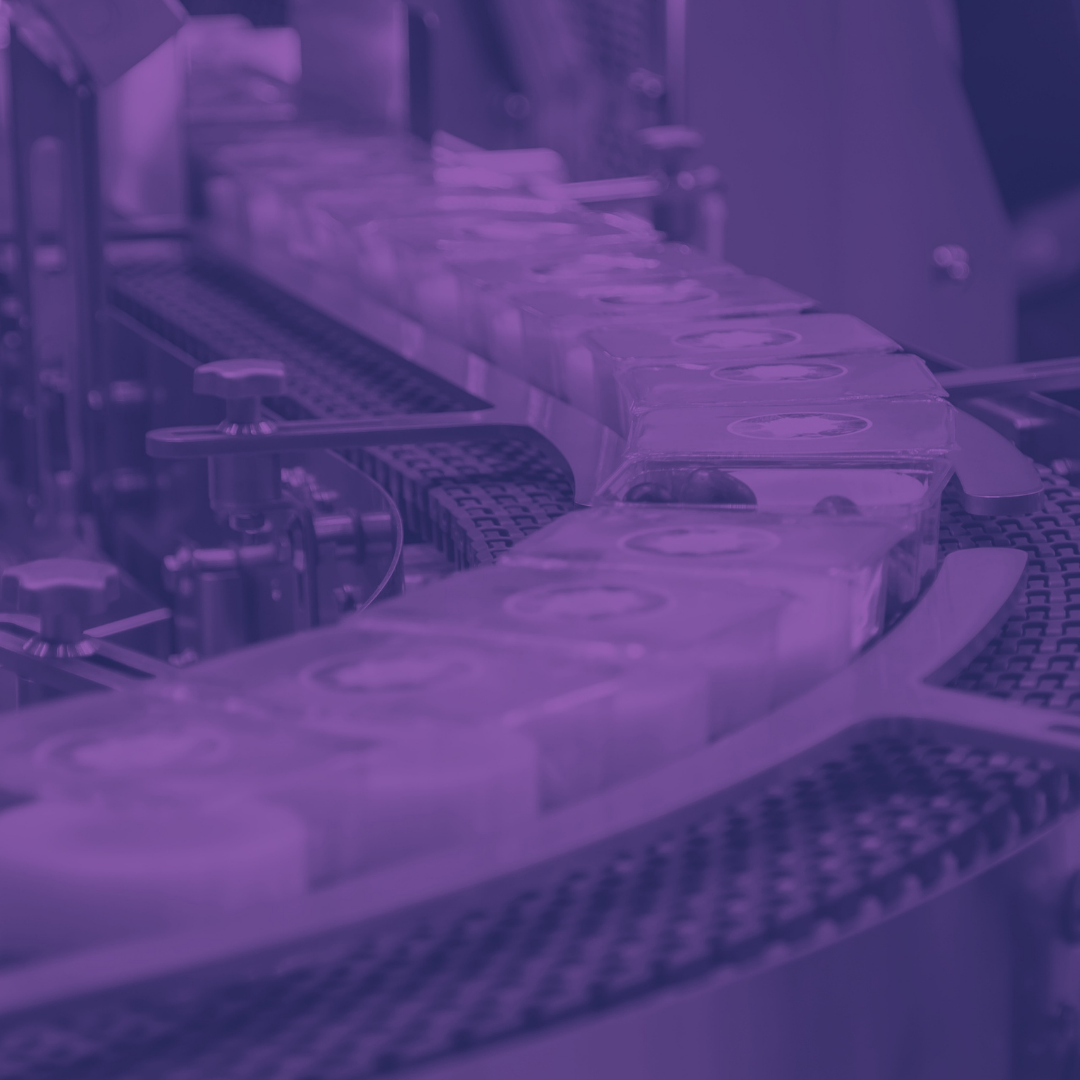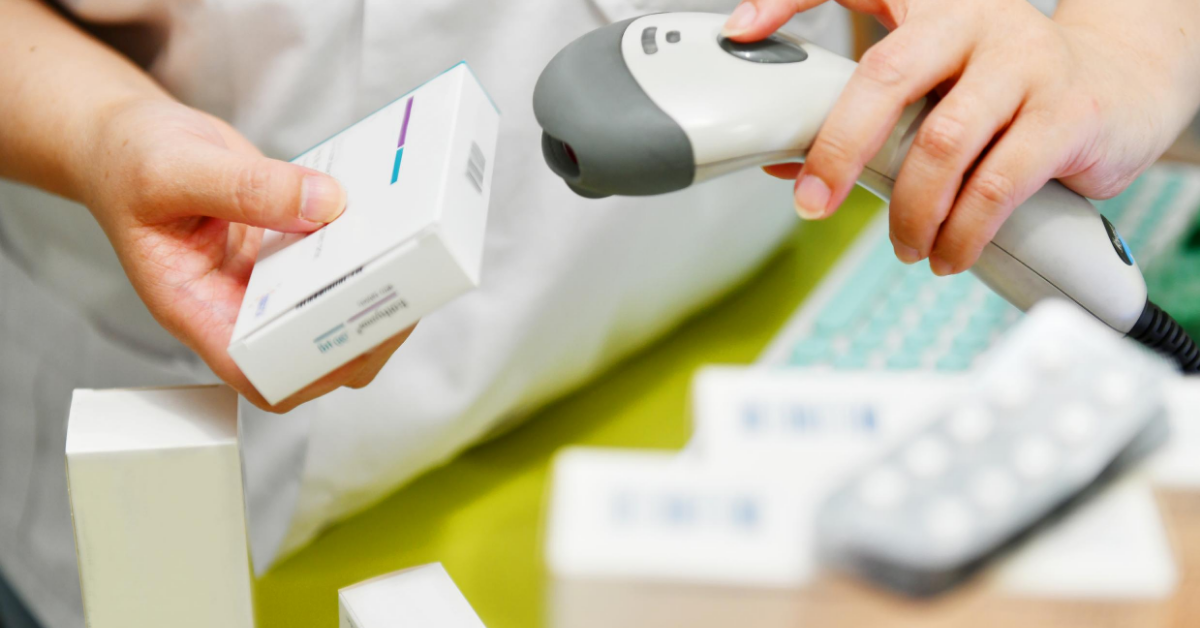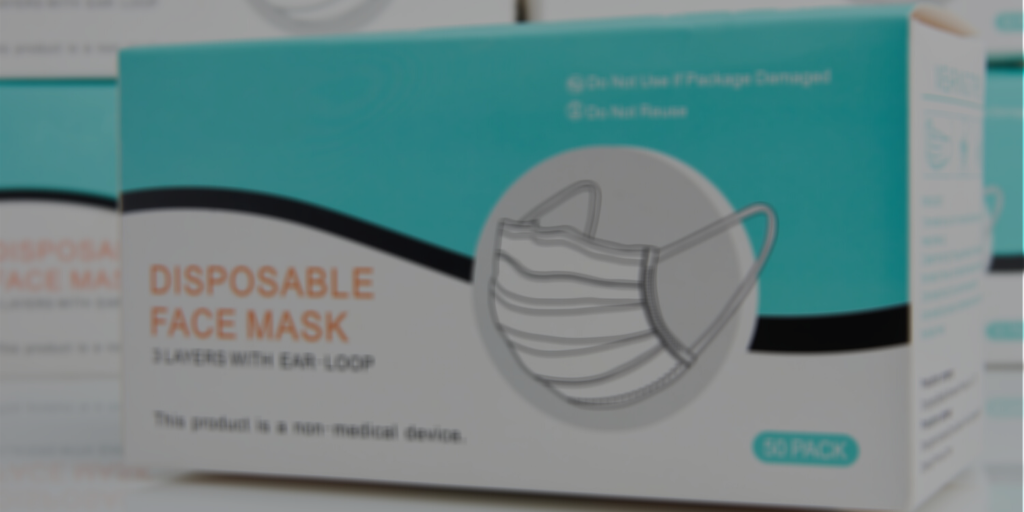In the food and beverage industry, food safety is a top priority. Keeping a sanitary environment at all stages of the food packaging process is vital for the safety of customers and the bottom line of the business. A joint study by the Food Marketing Institute and Grocery Manufacturers Association found that on average food recalls cost food companies $10 million in direct costs, this number doesn’t even include the damage to the brand’s reputation and the loss in sales while the company works to regain public trust. Investing in food safety as a business could save millions of dollars in legal damages in the long run.
5 Types of Equipment That Will Improve Your Automation Process
The success of your production line dependent on the technology and equipment you invest in to support it. And with the right automation process and equipment, your company could see increased production efficiency and substantial return on investment.
This probably isn’t new information to you. Surely, if you invest in packaging automation, your packaging process and production rates should increase. But the question here isn’t why should you invest in automation equipment, it’s what equipment is worth the investment? To learn more about the top five pieces of automation equipment that support increased product output, keep reading.
1. Friction Feeders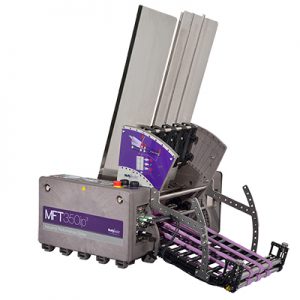
Friction Feeders are our bread and butter when it comes to automation solutions. These machines consistently feed products with speed and accuracy down your production line. When paired with other automation equipment, we’ve seen friction feeders increase product per minute output tenfold. That’s an automation process production rate you can’t beat. A friction feeder should be a core component of your production line if you’re aiming to increase output and production rates.
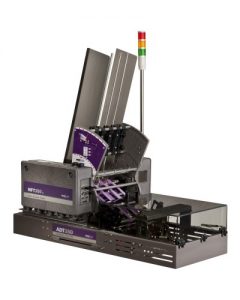
2. Automatic Drop Table
The Automation Drop Table or drop feeder batch, accumulate, square, and drop accurate counts of a variety of products. This user-friendly accessory integrates with MFT Friction Feeders like the MFT IP 250 XED, MFT IP 350 XED and MFT IP 550 XED. Its sophisticated algorithms ensure consistent and precise operation, even in the most demanding applications. Companies in the pharmaceutical industry, contract packaging, or print industry have found this accessory essential to their increased product output.
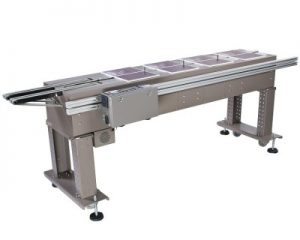
3. High Speed Collator
If you’re looking for a packaging efficiency solution, the High Speed Collator (HSC) is an accessory you’ll want to incorporate into your automation process. When paired with MFT friction feeders or labelers and an Automatic Drop Table, the HSC quickly becomes a powerful automated packaging system. The seamless design of this lug conveyor allows it to integrate with barcode scanners, wrappers, cartoners, vision systems, and more!
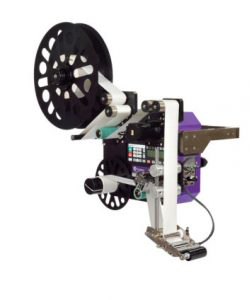 4. Labelers Machine
4. Labelers Machine
Another efficient piece of equipment that adds value and speed to your production line is a labeler machine. Some labeler machines, such as the Impresso Labeler, fit into small production areas and yet still require the same durability and life expectancy as other labelers on the market. Today’s production environment demands speed and accuracy unlike we’ve ever experienced. But, investing in a labeler machine for your automation process can be the solution you’ve been looking for to help meet those demands.

5. Shingling Conveyor
When looking for packaging efficiency solutions, the shingling conveyor is an accessory that can help with your production line flow. This piece of automation equipment adds extra production capacity and allows for increased up-times, improving production line efficiency. The shingling conveyor is often integrated with MFT Friction Feeders, High Speed Collators, and Vacuum Track Conveyors to increase product output.
The best place to start before evaluating your automation equipment is to start with your automation process. First, identify the problems and challenges your process faces that would improve product output and ROI if addressed. Next, find a piece of equipment or an accessory that can reduce the impact of your problems and/or eliminate them completely.
As you continue to improve your automation process with new equipment, we hope you keep our team in mind. They’re standing by to help you get started on your evaluation and unleash the packaging and processing potential your production line holds.
How to Automate UDI barcodes for Pharmaceutical Packaging
Automation has the ability to quickly introduce and expand life-saving products into society. However, some companies are faced with strict regulations while producing these products safely, efficiently, and accurately. One way pharmaceutical packaging companies combat this feat is by utilizing automation to apply UDI barcodes or Unique Device Identification codes on products.
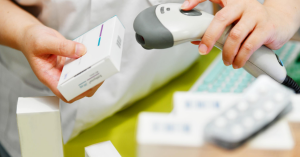
What are the UDI labeling requirements?
The UDI labeling requirements align with the Unique Device Identification System, which was signed into law in 2007. The system ensures unique identifier or codes are assigned to medical devices manufactured across the globe (source). Pharmaceutical labeling requirements mandated by the FDA, state the following:
“The Unique Device Identification System final rule (UDI Rule) requires device labelers (typically, the manufacturer) to:
-
- Include a unique device identifier (UDI) on device labels and packages, except where the rule provides for an exception or alternative.
- If a device is intended for more than one use and intended to be reprocessed before each use, the device labeler must also mark the UDI directly on the device.
- Submit device information to the Global Unique Device Identification Database (GUDID).”
- Include a unique device identifier (UDI) on device labels and packages, except where the rule provides for an exception or alternative.
Successful companies automate their pharmaceutical labeling process with product feeding, labeling, and verification systems equipped for UDI barcodes. These types of automation equipment can also typically feed products like Tyvek lids, die cut cartons, foil pouches, clear bags, and more.
How to Automate UDI Pharmaceutical Labeling
When applying a UDI code, it is possible to apply a label or to print the code directly onto the products. The products are loaded into a MFT Automation Friction Feeder that will gently feed the product one at a time, and transfer them one at a time onto the discharge of the feeder. The UDI codes are then applied onto the products automatically as they travel on the discharge of the feeder. After the UDI code has been applied to the product, a vision camera system is utilized to confirm the identification has been properly placed on the product. This process is also known as serialization.
What is serialization?
Serialization is the process of applying a unique code to each individual product. It provides a system to track and trace a pharmaceutical product from its original source through the entire supply chain.
Using serialization technologies for pharmaceutical packaging is a great way to safeguard products. Automated quality management systems (QMS) can also help you save time and money on packaging production. These types of automated technologies help companies remain competitive — especially in highly regulated industries like the pharma industry.
MFT Automation manufactures friction feeding, printing, and labeling machines for Fortune 500 pharmaceutical companies. These machines can print, apply, and label UDI codes onto products automatically. They can also integrate with Ink Jet and Thermal transfer print systems, to keep pharmaceutical packaging lines performing at optimal speeds. If you have a unique carton or product that needs feeding or labeling within the pharmaceutical packaging industry, our customized solutions can help.
Get in touch with us below and start saving time, money, and labor with automated Unique Device Identification and pharmaceutical labeling.
How To Expedite Your PPE & Medical Packaging
The coronavirus (COVID-19) has changed our way of life in 2020 — both personally and professionally. Employees are adapting to work from home policies. People are adding facemasks to their wardrobe. Companies are changing the way they do business. There’s a lot that’s changed.
For companies who manufacture and package medical supplies — we applaud you. These last six months have pushed you to adapt and accelerate production, helping millions of Americans stay safe. But the pandemic isn’t over yet. Hospitals across the U.S. are still struggling to keep people on the front lines safe. And, the need for PPE and COVID-19 medical supplies still remains a necessity.
Together, manufacturers and equipment providers can create more of these products. One of the first steps to doing this is to automate the packaging of PPE and medical products.
Boxes and Cartons for Automated PPE Packaging
- Facemasks
- Hand sanitizer
- Gloves
- Eye Protection/Gloves
COVID-19 Products for Automated Medical Packaging & PPE
- Test Strips (Automate packaging & batch counts)
- Test Kit Boxes and Cartons (Automate serialization & place UDIs)
- Disposable Thermometers (Automate packaging & batch counts)
- Manuals & Instructions
This blog is for those who already manufacture COVID-19 supplies, and those who want to start. If this sounds like something you’re interested, we’ve identified a few ways to help you jump in head first. If you’re already producing COVID PPE or supplies but need increased output, these apply to you as well.
How to expedite PPE & Medical Packaging Output
1. Use accurate serialization and UDI placement
“Serialization” and “unique device identification” aren’t foreign words to medical and pharmaceutical companies. These tools help safeguard products and track them throughout the entire supply chain. This is especially important for high demand products — like COVID PPE and medical supplies — that move fast. Automation equipment that supports serialization and UDI placement can help output acceleration. In turn, it could help provide medical facilities with more of the products they need during the pandemic.
2. Automate your batch counting and banding
During the pandemic, production line employees are (hopefully) following social distancing recommendations. Meaning, manual counting and preparation of products can take longer. This can cause some serious pains when your main goal is acceleration of product output. Automated equipment that batch counts and bands your products is a great solution. It offers limited human interaction and could offer some serious ROI right now.
3. Implement verification technologies into production
This step works hand-in-hand with step #1. Verification can be combined with serialization/UDI placement devices to create an airtight process for product traceability. Together they ensure the right product is being assigned the right code at the right time. Specific verification technologies that will help you accelerate your production include:
- Vision systems
- Barcode readers
- Rejection systems
Watch the video below to see some of these in action!
4. Invest in extra labeling machines and friction feeders
For obvious reasons, you’re likely experiencing high product demand. Hiring more employees, buying equipment, or upgrading existing equipment can help. But, we recommend focusing on options two and three.
Not sure if you need new equipment or can upgrade what you have? Talk with your automation equipment manufacturer or contact our team here.
A great place to start when evaluating equipment options is to start with what you have. Next, check your equipment’s cleaning and sanitizing options. With the pandemic still in full swing, there are regulations set by the CDC and FDA that must be upheld. To help meet these, we recommend looking into CIP automation equipment — also known as hygienic equipment. Below are a couple of hygienic options that could keep your company, products, and team safer.
Our PPE & Medical Packaging Equipment
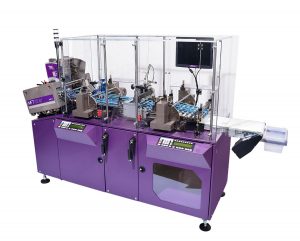
Track & Trace System
for PPE & Medical Packaging
This system offers turnkey product handling for serialization coding, printing, inspection, and rejection. It also provides a trackable data file. Learn more about the Track & Trace system here or request a quote below.
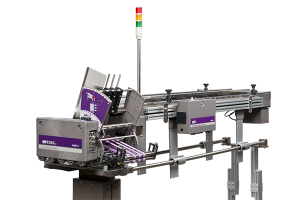
Automatic Product Loader
for PPE & Medical Packaging
This machine multiples the product capacity of our MFT friction feeder systems by maximizing runtime and minimizing operators. Learn more about the Automatic Product Loader here or request a quote below.
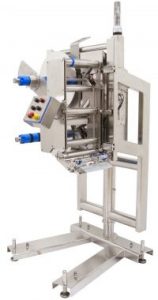
Hygienic Labeler
for PPE & Medical Packaging
The Hygienic Labeler 300 meets IP69K requirements and meets and exceeds IP66/NEMA4X standards. Its Clean-in-Place design also provides minimal contamination points. Learn more about the Hygienic Labeler here or request a quote below.
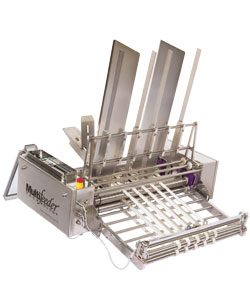
Hygienic Friction Feeder
for PPE & Medical Packaging
This feeder is available in the 300 and 600. Both meet sanitary requirements and comply with IP66 or higher standards and NEMA4X standards.

